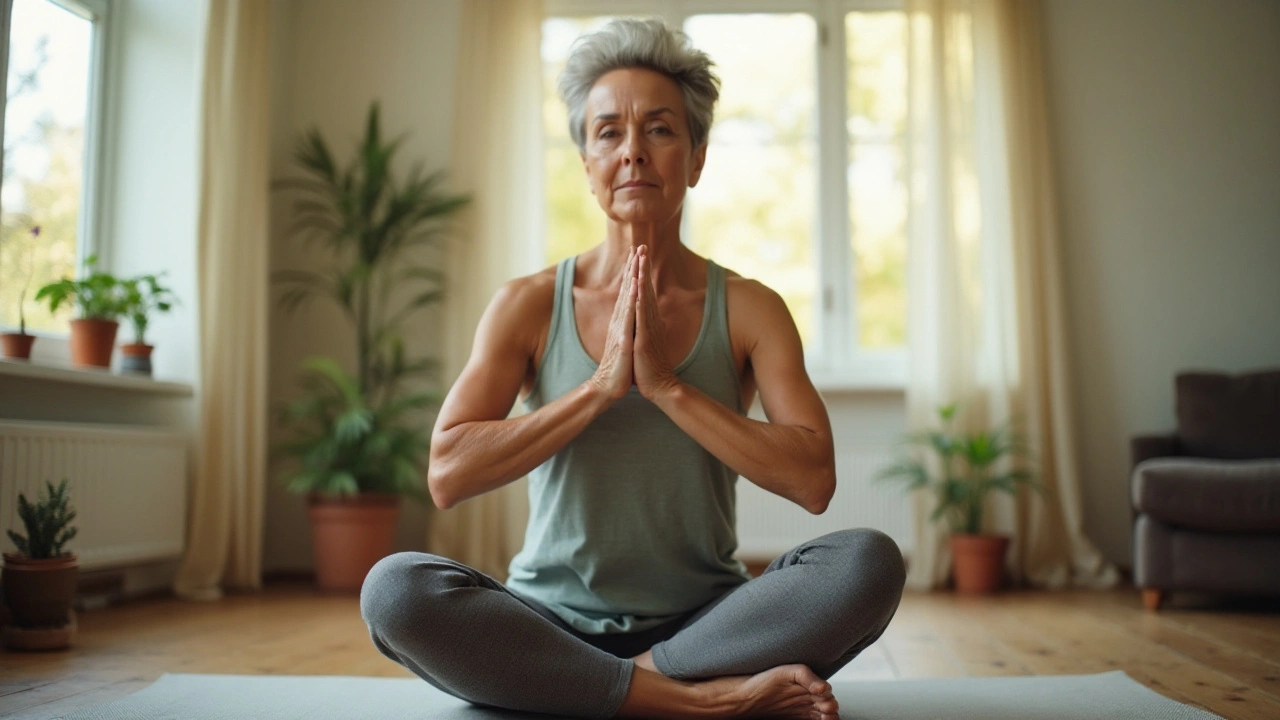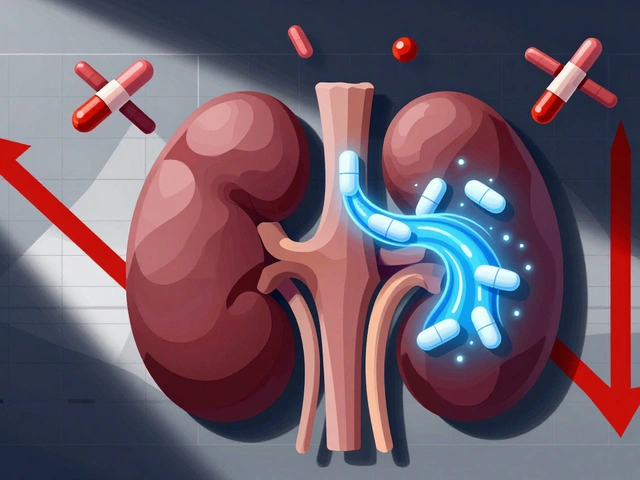Staying active: easy habits that actually work
Want more energy without spending hours at the gym? Small, consistent moves beat occasional intense workouts. You don’t need fancy gear—just a clear plan, a few minutes, and the right recovery habits to keep going day after day.
Quick daily moves you can stick to
Start with micro-workouts. Do 5–10 minutes of bodyweight moves (squats, push-ups, lunges) two or three times daily. Those short bursts add up and raise your baseline fitness without overwhelming your schedule.
Walk more. Aim for a 10–20 minute walk after meals to help digestion and keep you moving. Take the stairs, park a bit farther, or set a timer to stand and stretch every 30–45 minutes if you sit a lot.
Include strength work twice a week. Strength training protects joints and maintains muscle as you age. You don’t need heavy weights—resistance bands or household items work. Focus on full-body moves: deadlifts (or hip hinges), rows, squats, and planks.
Keep mobility simple. Spend 5–8 minutes on dynamic stretches before activity and 5 minutes of gentle stretching after. Mobility prevents pain and helps you move freely in daily life.
Recover smart so you can keep going
Sleep and hydration matter more than extra sets. Aim for consistent sleep and drink water through the day. If muscles feel sore, prioritize active recovery—easy walking, cycling, or light yoga beats total rest for most people.
Try targeted nutrition and supplements. Tart sour cherry and maqui berry supplements have antioxidants linked to reduced post-workout soreness in some studies. A balanced snack with protein and carbs within an hour after exercise helps repair muscle. If you’re curious about supplements, read our guides or check with your clinician first.
Use simple physical tools: ice after an acute strain, heat for tight muscles, and gentle self-massage or foam rolling. For chronic muscle aches, acupuncture is a low-risk option many people find helpful—it's worth discussing with your provider.
Traveling or sensitive to motion? Motion sickness can stop you from staying active on trips. Try ginger, wrist acupressure bands, or short-acting over-the-counter meds. If you need prescription options, telehealth services can help you get a consultation quickly.
If you take medications or have a health condition, check with your doctor before starting new supplements or a more intense exercise plan. Some meds affect hydration, heat tolerance, or bleeding risk—your provider can help tailor safe activity choices.
Make a small plan: pick three habits you’ll do this week (example: two 10-minute micro-workouts, a post-meal walk, and nightly stretching). Track progress, adjust as you go, and aim for consistency over perfection. Want more practical tips? Browse our guides on recovery foods, natural remedies, and safe exercise while on medication here at Invigormedical.com.

Methotrexate and Physical Activity: Balancing Exercise and Treatment Safely
Methotrexate is a common medication used for conditions like rheumatoid arthritis and psoriasis. Balancing the side effects with daily exercise can be challenging but beneficial. This article explores how to stay active and safe while on methotrexate, including tips on suitable exercises and precautions to take.
read more




